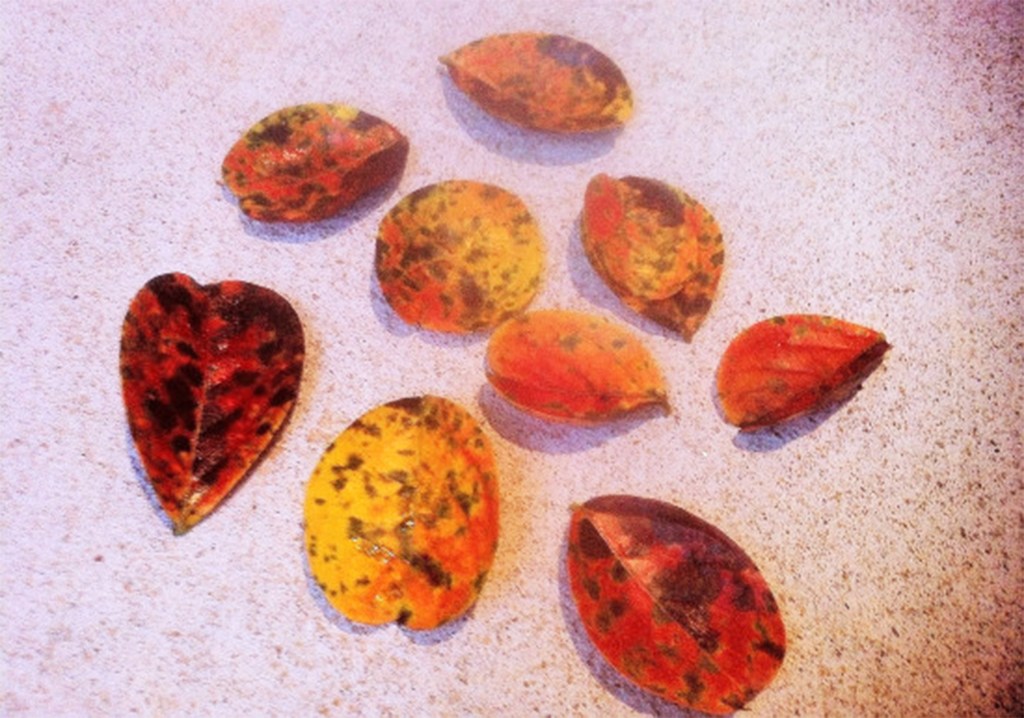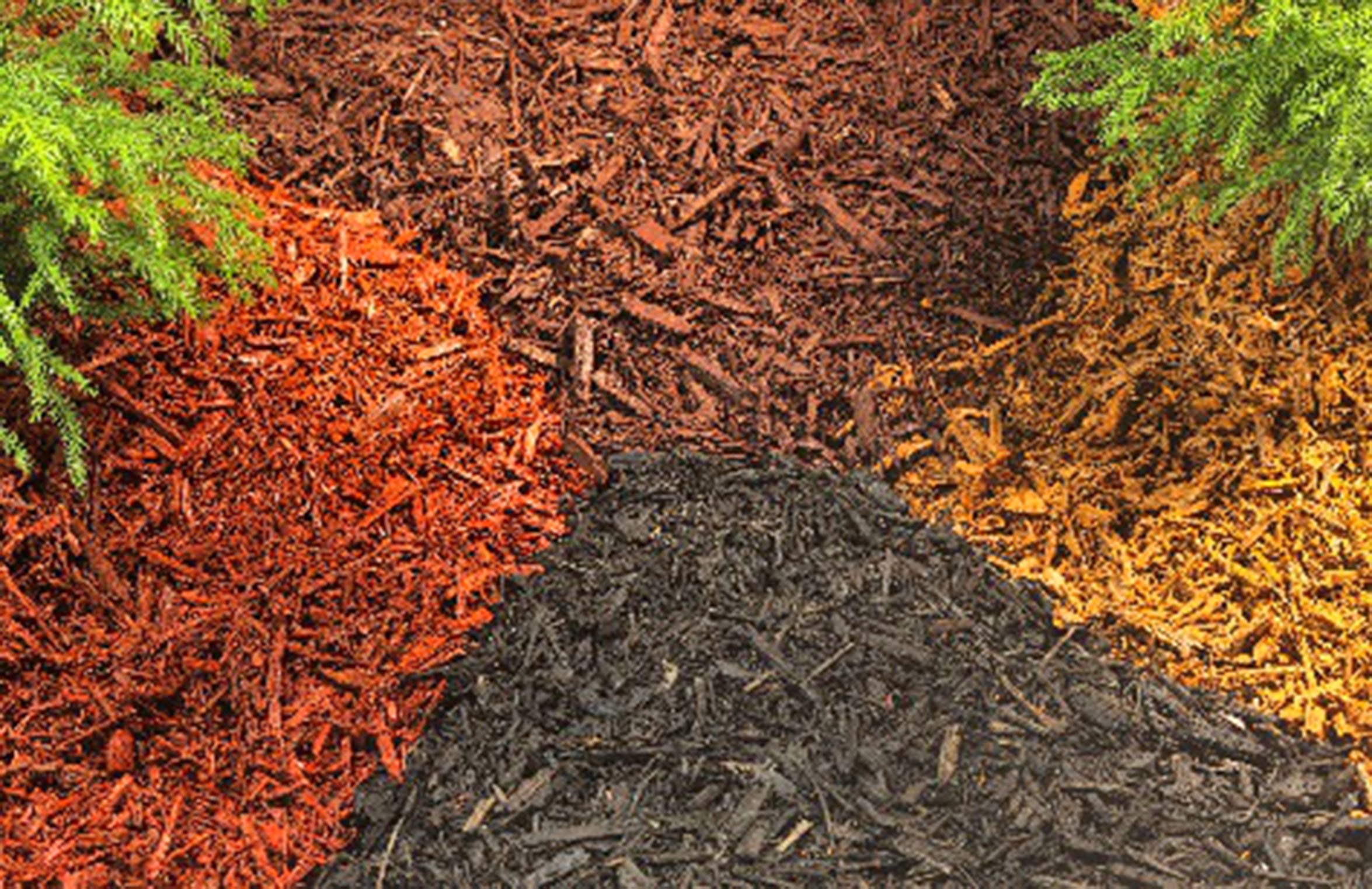ONE GARDENER TO ANOTHER: What is wrong with my crepe myrtle?
Published 6:45 am Monday, June 26, 2017

- Cercospora is a leaf fungus that causes irregular brown spots. Diseased leaves can become twisted or distorted and take on fall colors of yellow and bright red before falling to the ground.
The crepe myrtle is such a rare plant to see here in Alabama — yes, that is me being sarcastic.
Crepe myrtles are literally everywhere, and for good reason. First of all, they’re beautiful. More importantly, they are a tough-as-nails type of plant. They don’t require extensive pruning, although they do benefit from some pruning to promote continued flowering.
Unfortunately, some people perform “crepe murder” on these beauties. No, you’re not supposed to cut the tops off them every year. (They are supposed to grow naturally, but that’s a different article all together.)
As tough as these plants are, there are some common problems gardeners experience in addition to keeping up with the sucker shoots that never seem to stop popping up from the plants base.
Although well-suited for the South’s hot and humid summers, this climate also produces the perfect conditions for some of the problems that can affect your crepe myrtle. Powdery mildew is a white fungus that can grow on the leaves and flower buds. It causes the leaves to curl and shrivel and buds to drop without opening. Planting a variety that is mildew-resistant, which most of the newer ones are, is the obvious first step.
If yours is not resistant, powdery mildew is treated by spraying the foliage with a fungicide, according to label directions, with neem oil, copper hydroxide, myclobutanil or propiconazole. Depending on the severity of the disease, you may need to spray every week or two.
Alternating between fungicides with different active ingredients will prevent the crepe myrtle from developing a resistance to any one kind of fungicide. Proper air circulation in your crepe myrtle also helps prevent powdery mildew. Prune back the small branches inside and below the tree’s canopy during its winter dormancy.
Cercospora is a leaf fungus that used to be fairly uncommon but isn’t anymore. In mid-to-late summer, irregular brown spots appear. Diseased leaves can become twisted or distorted and take on fall colors of yellow and bright red before falling to the ground.
Although leaf spot symptoms can appear in late June to early July, premature leaf drop usually does not begin until mid-August.
Typically, spotting of the leaves begins on the branches around the base of the plant and then gradually spreads upward through the canopy until all but the youngest leaves at the shoot tips are lost.
To treat cercospora leaf spot, collect and dispose of fallen, diseased leaves. This fungus likes sheltered areas where breezes are blocked and the foliage stays wet for long periods. Plant crepe myrtles in open, sunny spots where air circulates freely. If necessary, spray with active ingredients chlorothalonil or myclobutanil when spots begin to appear.
Crepe myrtle varieties like Catawba, Cherokee and Potomac have good resistance to both diseases as do the hybrids. The same is true of Apalachee, Tonto, Tuscarora and Tuskegee, which are highly resistant to both diseases.
Other desirable cultivars and hybrids are Natchez, Sarah’s Favorite and Velma’s Royal Delight, which are all mildew resistant as well as Fantasy, which suffers little damage from either disease.
Crepe myrtle cultivars Carolina Beauty, Wonderful White, Raspberry Sundae, Powhatan, Peppermint Lace, Majestic Beauty and Orbin Adkins are all highly sensitive to powdery mildew and cercospora leaf spot. They are subsequently poor choices for a low-maintenance home or commercial landscape.
Although drought-resistant, newly established crepe myrtles benefit from some watering during particularly dry times. Deadheading spent flowers will encourage more blooms and will enhance the appearance of your tree as opposed to severe pruning. If it becomes necessary to remove a limb, prune your plants in late winter just before spring. These tips will keep the “Tree of the South” a beautiful addition to your landscape for years to come.
Happy gardening!
— Irland, a member of the Limestone County Master Gardeners, can be reached at kippirland@hotmail.com. For more information on the Limestone County Master Gardeners, visit http://mg.aces.edu/limestone.





